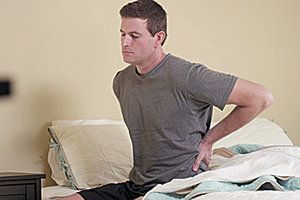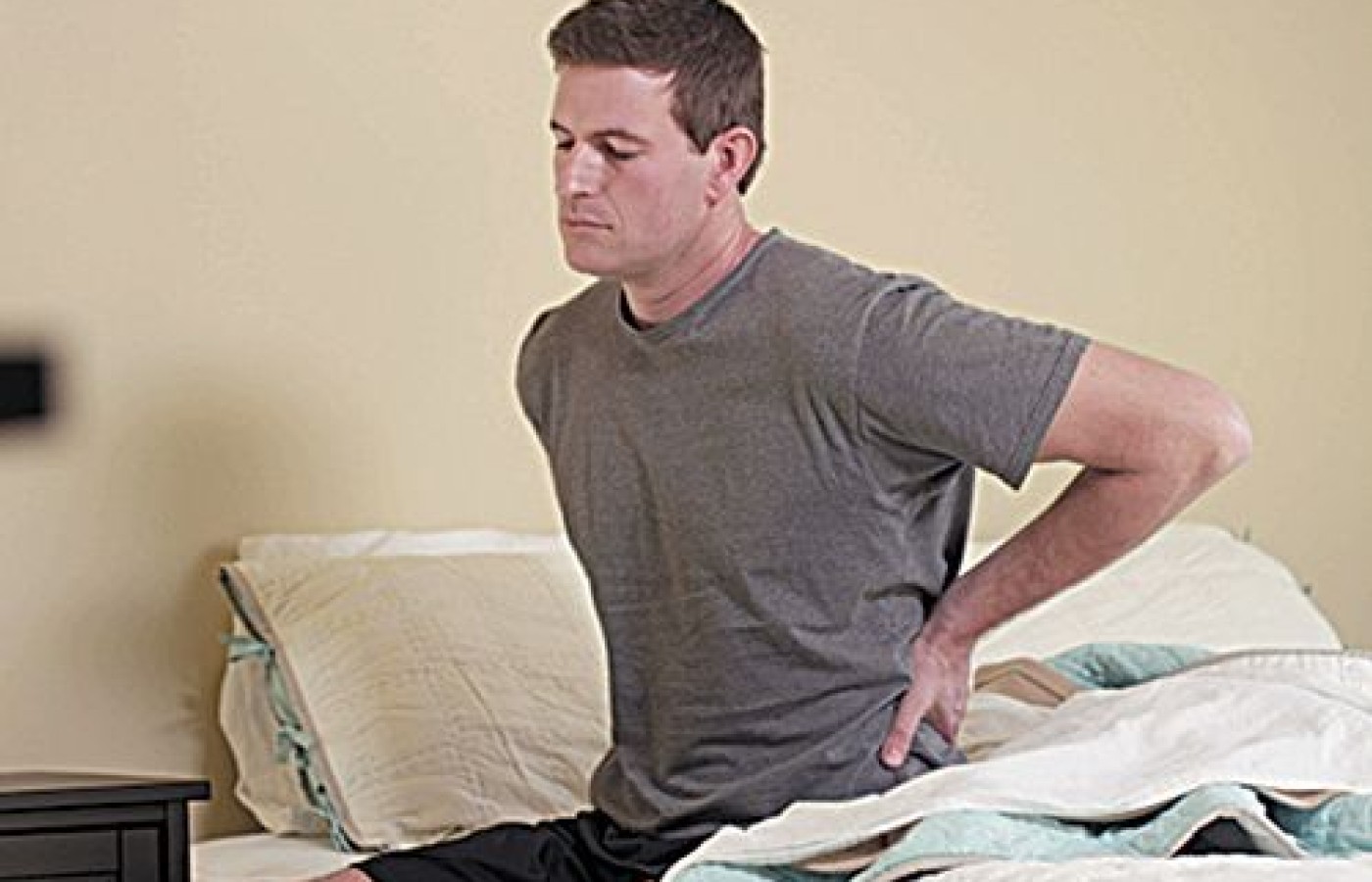On Oct. 21, 2025, a judge in Florida issued a groundbreaking decision in Complete Care v State Farm, 25-CA-1063. It concerns a fact pattern that many chiropractic doctors have faced wherein an insurer, such as State Farm or Allstate, decides to simply stop paying all claims submitted by a healthcare provider.
| Digital Exclusive3-D Portable Traction: A Winning Treatment Concept
I'd been reading about the "Traction on the Move" treatment concept and thought it sounded like something worth a closer look. Little did I know I would be the test subject in my own experiment. In 2008, a patient of mine retired from playing professional soccer after 16 years. She presented to my office in extreme pain and antalgia. Her lumbar MRI showed two severe herniations at L4-5 and L5-S1. I was very concerned and decided to purchase a recommended vertebral traction device. I started her off using a dynamic ambulatory 3D traction device daily starting at three minutes at 2 mph on the treadmill after using cold laser and performing ART to the appropriate muscles.
She also needed a trial of three epidural injections which gave her enough pain relief to receive the therapy (she only felt relief after the first epidural, the remaining two did not provide any further relief). Over several months of care, she improved to the point of being able to coach soccer and live pain free. She uses the vertebral traction device periodically for maintenance care and is continuing to coach and stay active.

A couple of years later, in 2010, I was carrying my son (almost 3 years old and 40 lbs.) on my shoulders when I noticed left arm pain and paresthesias. These symptoms worsened over the next 10 days. My MRI showed disc bulges at C2 - C7, disc herniation at C6-7, foraminal stenosis and canal stenosis. I have been a competitive powerlifter all my adult life and never once had any neck symptoms. I purchased a customizable dynamic ambulatory traction device and used it daily for 10 minutes, gradually increasing daily to 20 minutes over the next two weeks. At the end of the two weeks my symptoms were GONE. Needless to say I was quite pleased.
My patients benefit from staying active during treatment. I then started using a portable 3D cervical traction device with patients. The first patient had headaches for decades. We were using my standard supine intermittent traction unit with no results. After one 10 minute session with this device, which enables both symmetric and asymmetric traction to the cervical spine, her headaches were gone. I used it several more times and she has had no recurrence of the headaches.
Since then, I have been using this compact, lightweight ambulatory device with all my neck and upper extremity patients with great results. I purchased a second unit to rent to patients, as I have found that daily use over two weeks provides incredible relief.
We typically see results within three to six treatments. I start off very gradually with both devices. It's like weight training or running, you would not attempt a big weight or a long run the first time out. With my preferred lumbar traction system, which combines traction with horizontal force, I start with three minutes and build two minutes each treatment. With my preferred cervical solution I start with 5 to 10 minutes and build 1 to 2 minutes per day. They may feel no change after the first 1 to 3 treatments and that is fine. I explain that the device is working, but the tissue adapts gradually to the treatment.
Ideally, the patient takes the device home with them so they can use it daily. That is the way we see best results. My patients benefit from staying active during treatment. In addition to improving blood circulation, staying active enhances flexibility of the tissues and ligaments. I own four one-size-fits-all cervical traction devices in my practice and we just got our second dynamic ambulatory 3D lumbar traction unit.
We've successfully treated more than 100 patients using this traction on the move therapy to great results. We rent them out generally for two weeks. We advise our patients on usage, gradually building up each day. It's best used on a daily basis. It costs less for them at home and we really do get great results this way. We also posted a video on our website to refresh memories. The most important piece of advice I offer is that this is powerful technology but it doesn't feel like much when you put it on. Do not go over the recommended duration because it's easy to overdo it when it feels like nothing is happening. I also must add that owning and renting out these units is a good way to improve the clinic's net financial gain.
I use portable traction devices in both palliative care and as a recovery tool. Personally, I use my favorite customizable dynamic ambulatory traction device approximately once a week myself, anytime I feel a little discomfort or unease. I also use the lumbar ambulatory traction system as a really cool athletic recovery tool. You know, even when we train properly there is so much spinal loading in repeating the same motion over and over. I use it after heavy weight training (squats, deadlifts) and sprinting. These are compressive activities and it makes sense to decompress afterwards.



